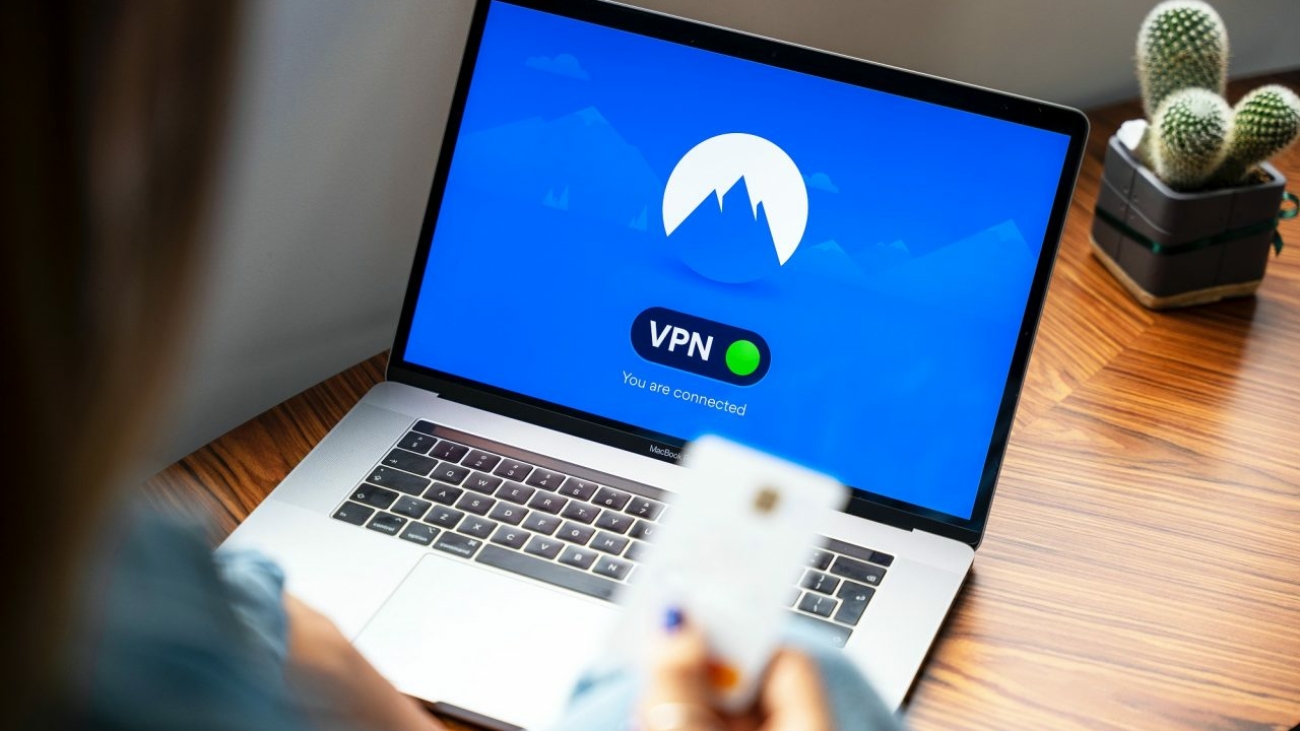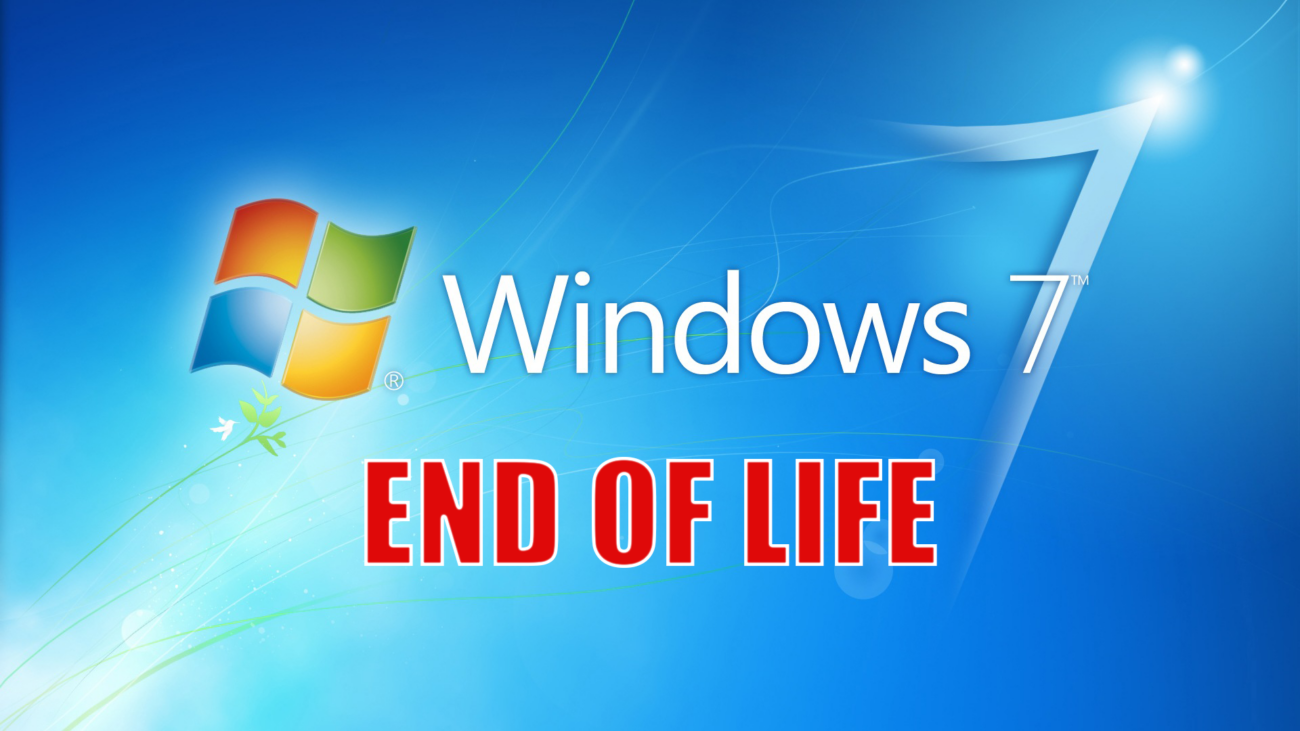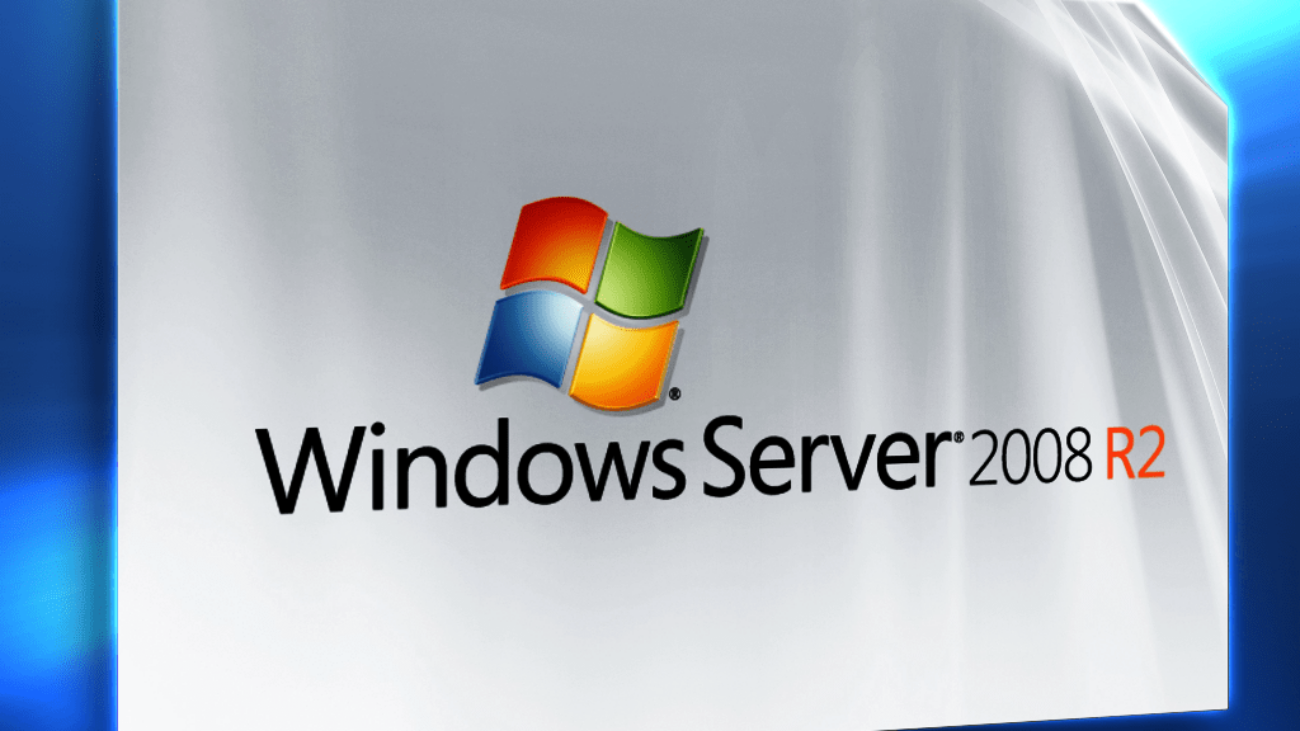In this article, we look at Business Cyber Security Predictions for 2023 and Beyond
_______________________________________
If there is one thing we know, Cyber criminals are getting more and more sophisticated with their attacks as the years roll by.
There is not only emotion-led individual attacks, but attacks that go right the way through the supplier chain, that have devastating consequences for businesses.
What’s more, our more recent trends of working from home only enhance the exposure of cyber security threats.
In this article, we look at some three of the top Cyber Security Predictions for 2023 and beyond, and what you need to consider to keep your business safe.
1. Cyber Security Architecture will become a MUST for Businesses.
According to Gartner’s research, by 2024, “organisations that adopt a cybersecurity network architecture will be able to reduce the financial costs of security incidents by an average of 90%”
So what does that actually mean?
It’s important for businesses to consider their Cyber Security strategy to ensure they use something that is flexible enough to fit in with the changing shape of how we all work. With more people working from home and remotely, traditional cyber security will no longer cut it. Many will need to transition to an improved cyber security architecture.
Top Tip: Audit your Business Cyber Security and how far it stretches.
2. The Human Error will need to be taken control of
Awareness of Cyber Crime starts by arming staff members with the knowledge they need to protect themselves and the business.
Here’s the alarming thing. Research suggests that only 40% of businesses believe their staff have knowledge of business cyber security and the role they play within that. Alarming, right?
Imagine the impact when business cyber security does not extend to remote workers!
Cyber Security, and the part staff play, is going to need to become part of HR processes, and staff training. This will help ensure that human errors are not responsible for large-scale and costly cyber attacks.
Top Tip: Conduct a short employee survey to find out how much staff know about Cyber Security and their role. Let the responses to that survey fuel the staff training strategy that follows.
3. Business Partnership Selection will be based on Low Cyber Security Risk
Gartner’s research suggests this. By 2025, “60% of organisations will have Cyber Security Risk as the primary determinant in conducting third-party transactions and business relationships.”
Is it any wonder when supply chain threats are at an all-time high?
It only takes one weak link to bring the whole chain crashing down.
Is your business is not able to prove its cyber security? This is an area that could prevent meaningful partnerships from getting off the ground.
Top Tip: Understand your partners. Know their views on how important Cyber Security will be to partnership choices in the future. That will give you an idea on how urgent the action is that you have to take.
4. Business Cyber Security will have a more prominent place at the Board table
Did you know that 85% of the jobs that will exist in 2030 do not even exist yet!
When you consider the online world 10 years ago to the present time, the changes are vast. The same will happen again over the next 10 years. And of course, a proportion of that 85% of jobs will be aligned to business Cyber Security over the coming years.
As a business, you should ensure that the Cyber Security conversation has a prominent place at your Board table. Certainly, it should be considered just when the time is right to have a job role that homes in on this must have area.
Top Tip: Add Cyber Security to the agenda now! If you start to make in-roads on this subject, it will make the process a lot smoother as the cyber security world advances.
In Summary:
Cyber Security threats are not going away, and it only takes one wrong turn to be left with reputational damage, hefty costs and business downtime.
If you would like to book a free Cyber Security discussion, so we can audit your current capability, do get in touch.











